
Whether you're buying milk, eggs, or meat, animal welfare is an important consideration when grocery shopping. Food labels and certifications are the key for deciphering ethically made products.
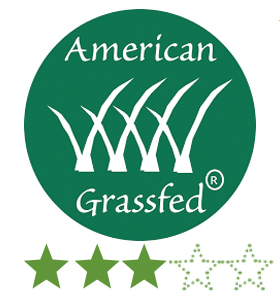
- American Grass Fed Association establishes standards, compliance is ensured by FSIS (Food Safety and Inspection Services) of the USDA.
- Animals are fed a 100-percent forage diet and are never confined to feed lots.
- Animals are never fed antibiotics or hormones and are born and raised on American family farms.
- Third-party audits assure compliance.
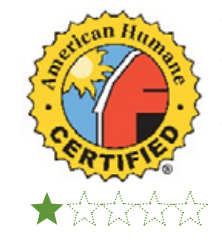
- Certification given by Humane Heartland after an application and audit.
- Does not require pasture time for animals, permits cages, and allows beak-cutting.
- Concerns have been raised regarding audits and and failure to put limits on the distance live farm animals can be transported (a traumatic experience for animals).
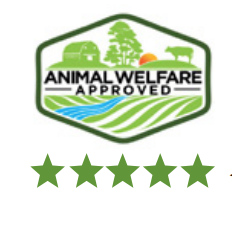
- A Greener World (AGW) audits, certifies, and supports farmers.
- AGW is a non-profit organization and does not charge farmers for AWA certification.
- Animals have continuous access to pasture or range and are not put in feedlots.
- Cage confinement, horomones, and preventative or growth-promoting antibiotics are prohibited.
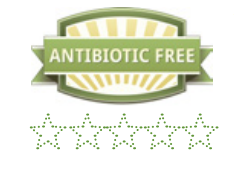
- Use of this claims is not backed by any standard.
- This claim can be verified through the USDA Process Verified program. The USDA Process Verified program is a verification of paperwork and does not require an audit.
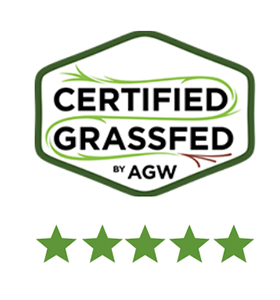
- Certified Grassfed is a standard from A Greener World (AGW), a nonprofit organizatoim, that also developed the Animal Welfare Approved standard.
- This standard can not stand alone and can only be applied in addition to the Animal Welfare Approved standard.
- The standard is 100% grass/forage based and compliance to the standard is monitored through audits.
- AGW encourages sustainable pasture management with attention to plant biodiversity.
- The grassfed standard and allowed exceptions to the standard are set to ensure the highlest level of animal welfare.
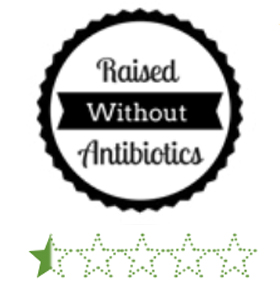
- The USDA grants these labels if it receives documentation that animals were not given antibiotics during their lives.
- This label does not require a physical audit or third-party assessment and is granted solely from a signed affidavit.
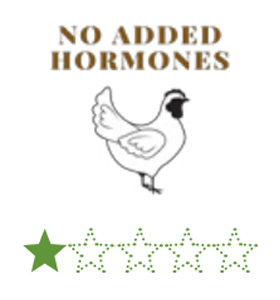
- Cage-free labels do not require any third-party certification.
- Cages are prohibited but animals are not required to have access to sunlight, animals can be tightly crowded with movement restricted.
- Allows beak-cutting and starvation-based forced molting.
- Does not regulate feed or antibiotic use.
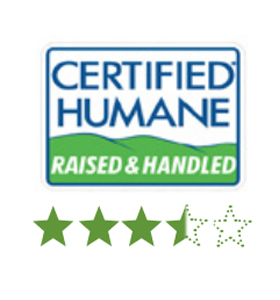
- Humane Farm Animal Care (HFAC) is a non-profit organization that verifies this certification.
- Continuous outdoor access required for ruminants (cattle, goats, and sheep).
- Outdoor access not required for birds and pigs unless the words “free range” or “pasture”’ also appear on the package.
- If indoors, adequate bedding, space, and enrichment are provided for birds and pigs.
- Cage confinement, hormones, and non-therapeutic antibiotics are prohibited.
- Feed lots with standards better than conventional feed lots are allowed for limited periods of time.
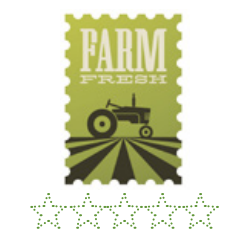
- Not regulated by a third-party verifier, no relevance to animal welfare.
One of the best ways to know what animal stewardship practices were involved in producing your food is to meet your farmer! Buying meat, dairy, and eggs at your local farmer’s market, or through a CSA (community supported agriculture), allows you to have a conversation with the farmers that produce your food. You can ask them questions about humane practices and support local, ethical farms.
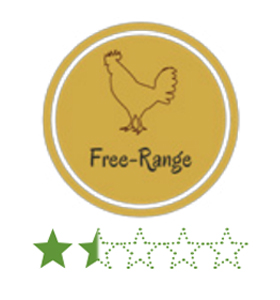
- The term free-range is not regulated by the USDA except when applied to chickens and turkeys raised for meat.
- It must be verified that animals have “access to the outdoors” but the quality of this access is not specified so it could be a very small space for a very short time; conditions of farms with this label vary greatly
- Does not regulate feed.
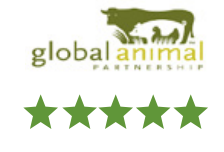
- The Global Animal Partnership (GAP) has a 5+-step rating program for animals raised for meat (this does not include milk).
- The higher the step (1 is the lowest, 5+ is the highest), the stricter the requirements for animal welfare and the more natural the animals’ environment. The steps build on each other encompassing the standards of the steps preceding them.
- It is important to note that the 5-star rating is for GAP Step 6.
- Added Hormones and antibiotics are prohibited at all steps.
- Standards are comprehensive including breeding stock (placement for poultry) through to slaughter for all animals except beef (coming later this year), and laying hens (coming next version)
- GAP requires audits on single every farm every 15 months to ensure compliance – no group, or sampling protocols permitted.
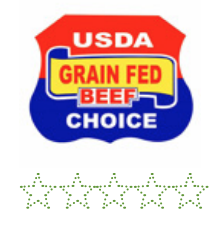
- Feeding ruminants grain instead of vegetation causes severe digestive problems and increases the likelihood of infection, contributing to the increased used of antibiotics.
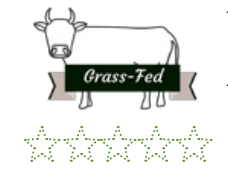
- The USDA grass-fed label has been withdrawn and farms applying to the program will no longer be verified.
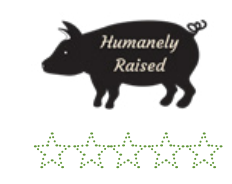
- The USDA does not define or regulate these terms.
- Check for third-party verified labels listed above and below for meaningful animal welfare claims.
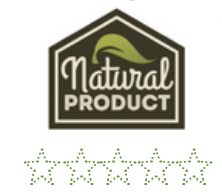
- The USDA does not define or regulate this term.
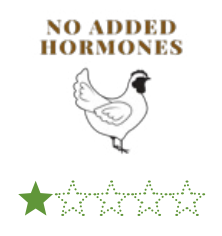
- This label is certified by the USDA. It should be noted that administration of hormones is illegal for pork and poultry, so the claim is meaningless on those products.
- Producers must prove no hormones were administered during the animal’s life.
- No relevance to any other aspects of animal welfare.
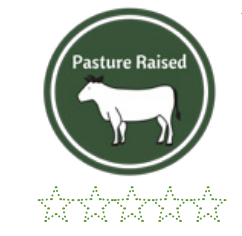
- There are no legal definitions for these terms, companies can put this label on their products without third-party verification.
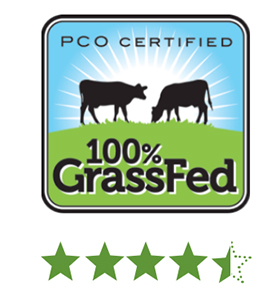
- This certification uses the USDA organic standard as its baseline and ensures that ruminants are 100% grassfed, above and beyond the USDA organic standard for time on pasture.
- This is a third-party verification of products that are sourced from animals raised on pasture.

- Certifications hold accreditations from ISO 9001:2005, PAACO, USDA PVP and USDA ISO TS 34700 Animal Welfare Assessment Programs.
- Standards are owned and administered by Validus, an independent certification company, but governed by external expert advisory committees.
- Certification affirms that an operation has met the published Validus animal welfare standards with yearly on-site audits of each location to ensure compliance
- Certification does not address hormone-use, antibiotic-use, feed type, or access to the outdoors.
How we rated the labels
1. First, we considered whether the label evaluates a practice that could lead to measurable benefits. For example, organic labels are certifying practices that prohibit the use of synthetic chemicals and therefore seek to reduce impacts on the environment and human health. This leads to measurable benefits. By contrast, “farm fresh” is meaningless since it does not define practices that create any measurable benefits.
2. We then looked at whether the label represents a legal or regulatory standard that is clearly defined. For example, the USDA organic standards are clearly defined by the USDA, and those standards are publicly available. By contrast, the words “naturally raised” are not regulated, and are meaningless.
3. We then considered whether the standards set forth by the label are subjected to third-party certification or audit. The use of an outside certifier and/or auditor helps to prevent greenwashing that can easily occur with self-regulated labeling.
Labels that received the highest marks from Green America (4 to 5 stars) are those that scored the highest on the criteria above.






